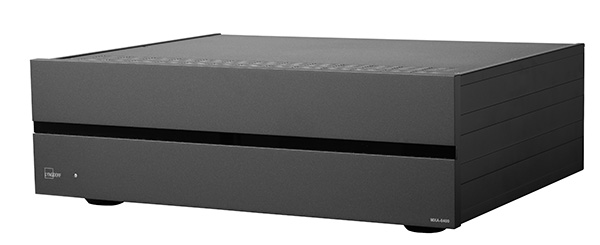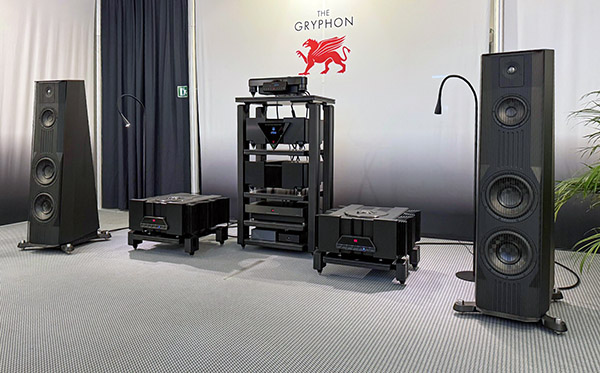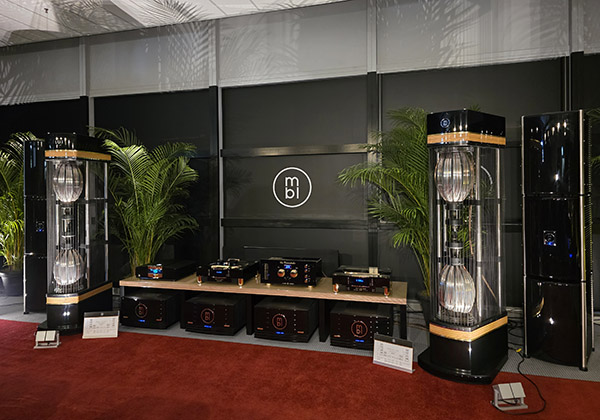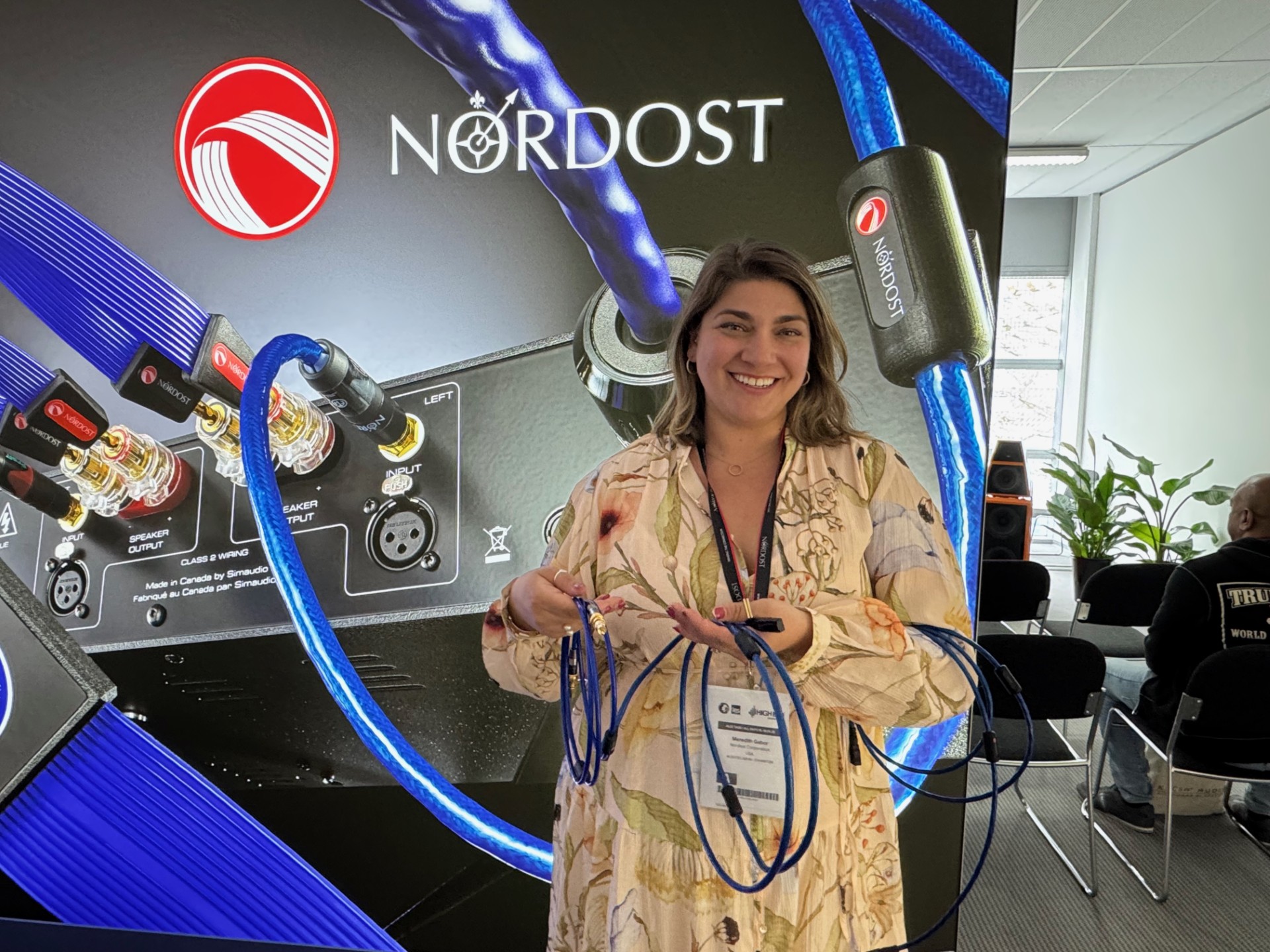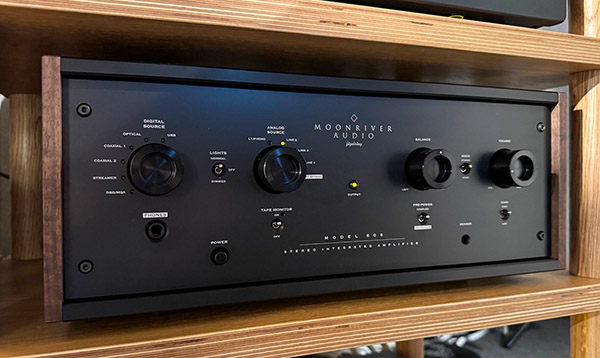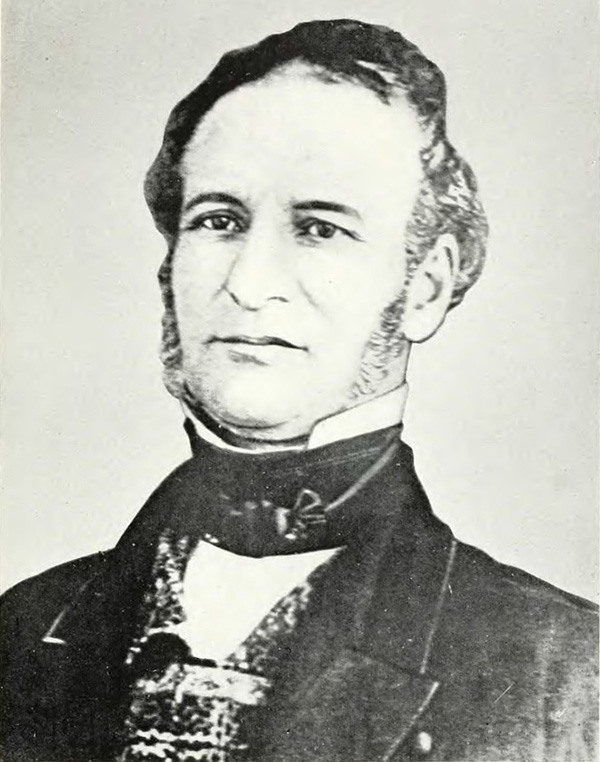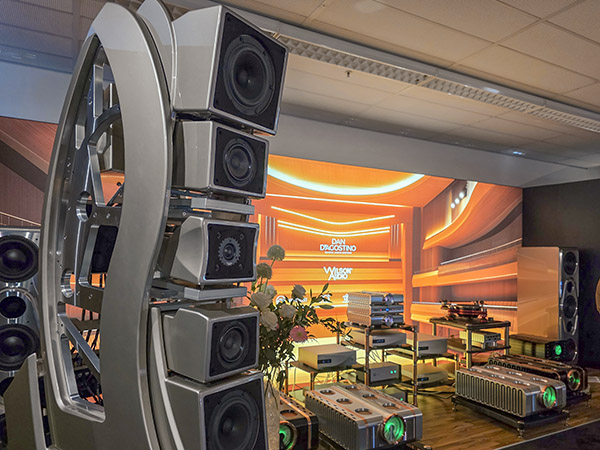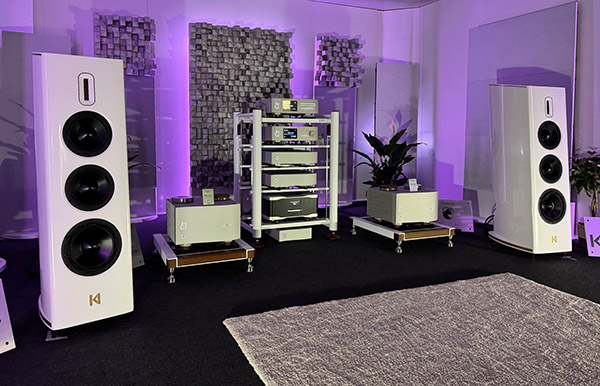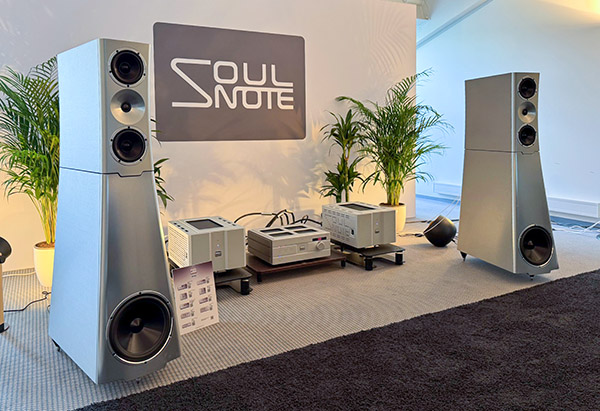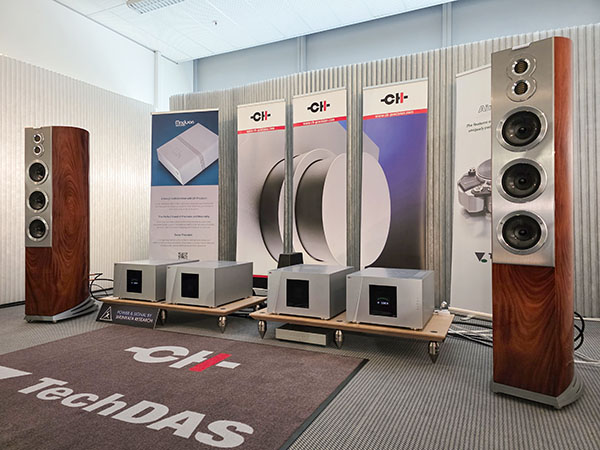Lyngdorf Audio MXA-8400 8-channel power amplifier
Woot, woot! I was thrilled when I saw the announcement for this amplifier. I was tempted to order one sight unseen and sound unheard. Why? First off, it employs the newest (as of March 2025) class-D amplification technology. Second, it can accommodate all sorts of audio systems, from an eight-channel surround setup to a megalomaniacal two-channel stereo system. Third, the specs, even in the context of its technology, are impressive. And fourth, I can lift it by myselfeasily! How can I pass this amplifier up?
Continue Reading »

